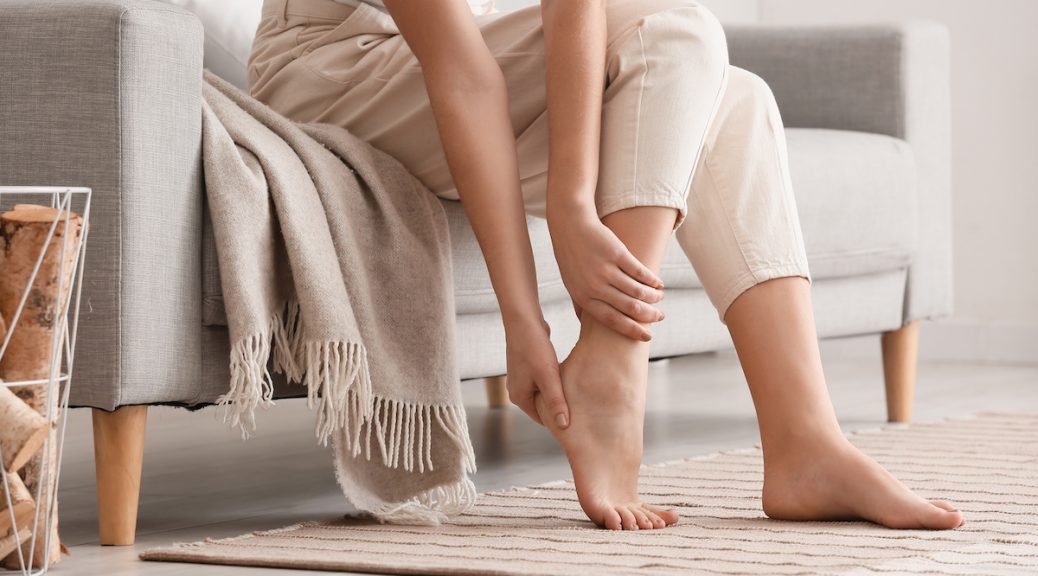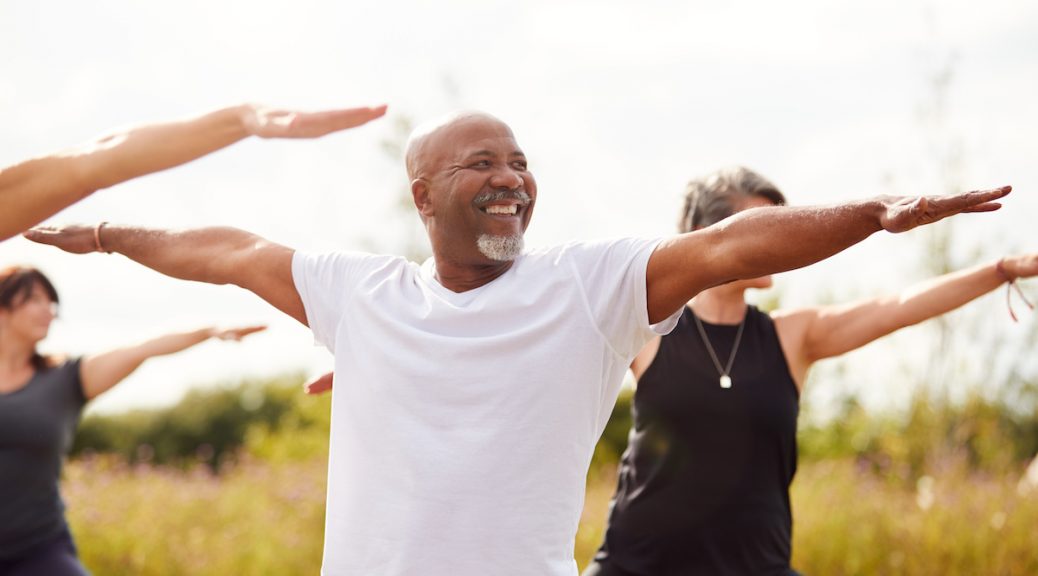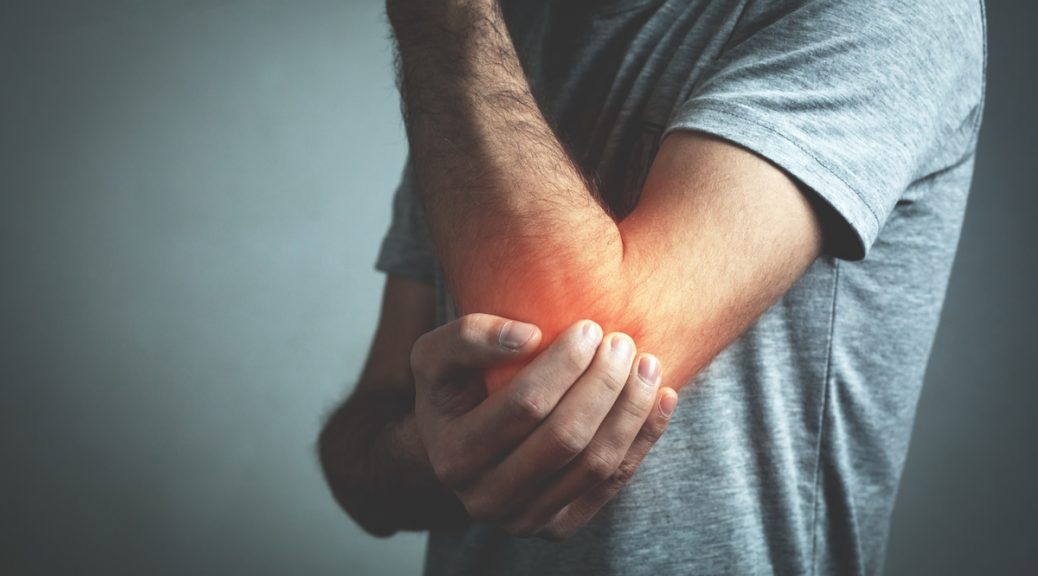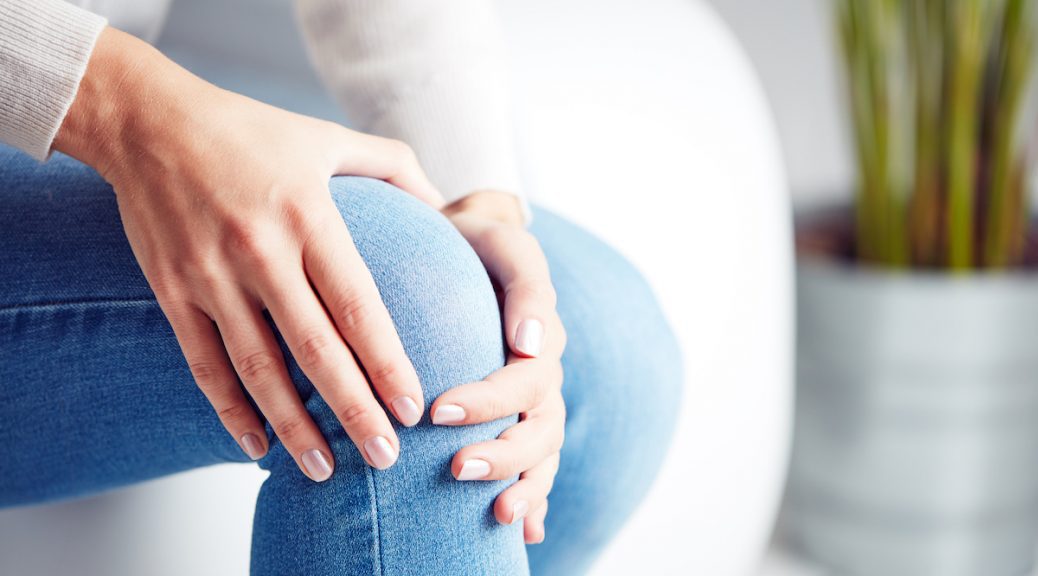Many of us find ourselves with the opportunity to be in our WFH space more than ever before. Since the presence of the pandemic, companies have given people the freedom to choose or not decide to reopen their offices. This is considered a great change for many in the workforce and can contribute to better orthopedic health if handled correctly.
Making A WFH Space Orthopedic Health Approved
At Paris Orthopedics, we have seen how the common workplace can contribute to back pain, neck pain, and posture problems; you name it. However, when you are working from home, you have the freedom to choose your workstation. Use these steps to create a WFH space that your orthopedic doctor would approve of!
Focus On The Desk
The desk is one of the most useful parts of constructing a WFH space that keeps your body stable. Sometimes people working from home are not using a standard “desk” as their space. Whether you are working at your kitchen table, on the couch, or even in your bed, there are ways to work towards finding a fit that also keeps your spine in a good position.
While deciding the best option, consider the idea that your feet, thighs, and knees should fit comfortably under the workspace. For your upper half, the height of your workspace should leave your computer at elbow height. You may be in a position where the desk you are working at is adjustable to meet these needs; however, if it is not, you can use different methods around the home to make it the correct height for your body.
Consider The Ideal Computer Setup
Once you have decided on the correct desk, you can figure out the best computer setup. Most people these days are operating off of a laptop, with mobile taking the lead at 55% of the market while desktop devices take up 42% as of January 2022. However, a laptop computer is not the best choice for orthopedic health.
Ideally, the monitor itself should be located slightly below your eye level, but your neck should not bend to see the middle of the screen. It should be arm’s length away from you, letting you see the entire screen at once instead of looking from side to side. From there, it also depends on the number of monitors you use. If you have multiple monitors, the placement depends on whether they are being used equally or if one is more necessary than the other. Even if you are using a laptop computer, the same steps should be taken to have the correct distance and height compared to yourself.
Always Support Your Spine
Your WFH space chair is one of the leading influencers of your spine’s natural curve. Most people believe that the support of a spine means straight; however, the natural structure of the spine is actually more of an “s” shape. To meet this, you should keep your feet on the floor. Once you have established that, your bottom should be even, not tilted in either direction. Moving up, the knees should be in line with your hips. If you sit in a chair with a straight back, you can roll something up or use a pillow to place it between your back and the chair to get the “S” shape.
While staying in the comfort of your home for the workday, make it a great space for your health. These simple changes can impact your overall quality of life. Are you looking for methods that apply to your specific case? Contact our team today to discuss which changes align with the orthopedic issues you are facing. Check out our website or give us a call for more information.










